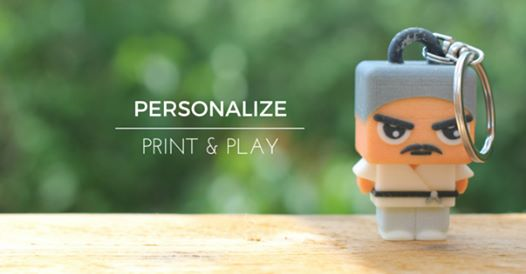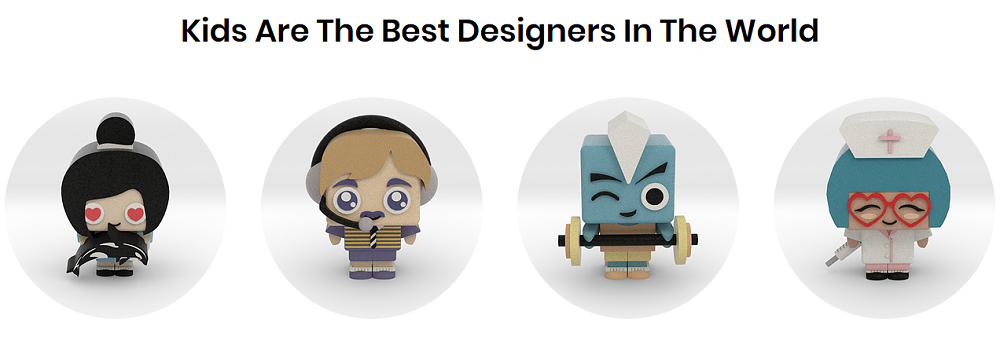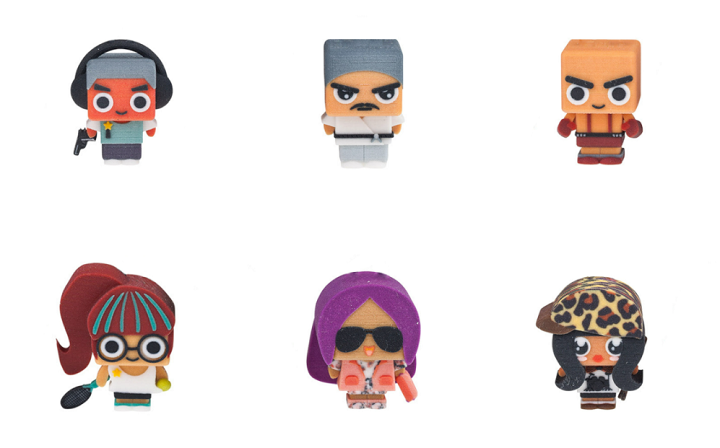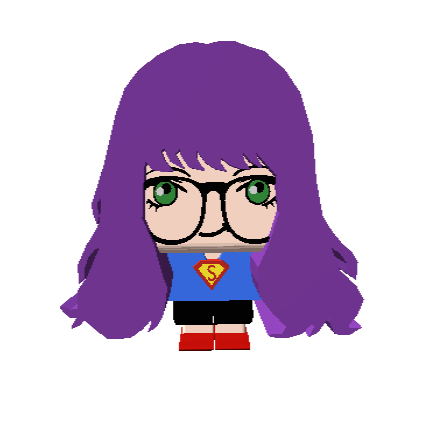While 3D printing is great for building some really large things, it’s also ideal when you need to create small things, like toys. A new application, called Little You, lets kids design and customize their own characters, which can then be purchased in the form of a 3D printed figurine and delivered right to your door. According to founder Christina Guo, the Little You website will help “redefine your expectations of creativity,” as kids can use their imaginations to create a unique character, and then see that character come to life.
The website states, “We want to build a culture around innovation and creativity, bringing forth a new way for children to grow up happier and healthier. Our purpose is to capture the imagination of children and encourage them to think about the stories waiting to be told. Most importantly, turning imagination into reality!”
In my opinion, the most fun part about this application is the ability to create a totally personalized character out of a wide variety of options. But, if your child can’t handle that many choices, fear not: they can also choose to search for characters in the gallery. Either way, they’re making the choice, and if they purchase a pre-made character, they still get to see it brought to life in the form of a 3D printed toy.
In terms of customization, kids pretty much have free range here, as there are over 430 available design templates to use. They can physically customize each character, adding costumes, or accessories like bags, glasses, and headwear. Kids can even change the facial expression of their character. The sky’s the limit, whether they want to make a mini version of themselves or create something totally new and unique.
Kids have free access to all of the application’s various colors, and they can apply these colors wherever they want on their character, whether it’s the eyebrows, hair, mouth, skin, clothing, or accessories. Little You has a color slider, so kids can easily change the color and brightness, and even add new colors through the internet using an included color code.
Each of the “equipment” materials, such as clothing, headwear, costumes, and shoes, has its own individual tab, filled with multiple choices. In the tabs, there’s a wide variety of options—shoes with heels? They’re there, along with sneakers and slippers. Kids also have the ability to make their characters into different models, such as a ninja, a nurse, or a pop star.
Another great thing about Little You is the ability to save all the creative characters in the gallery. Kids can choose whether or not they want to save it, and if they do, they can give the character a name, and even add a short description about what type of character it is and why they decided to create it. Once the character is saved, other users can see it, like it to earn points, and even order a 3D printed version.
If you wondered what I meant by earning points, the other really cool thing about Little You is its rewards system. The point of the website is to give kids confidence in using their imagination to create something completely unique, which can then be 3D printed and sent to them as a figurine. So, in order to attract young users into creating their own characters and liking other characters, the reward system revolves around points, which can be earned in various ways. Once you have enough points, you can get your 3D printed character for free.
So, if you have already added a character to the Little You gallery and you keep making more, you’ll earn a point for each character you make. You’ll also get points if someone likes your character, if you refer someone to Little You and they create an account, and if someone, even if that someone is you, purchases your creation as a 3D printed figurine.
I asked Little You’s founder what type of 3D printer the application uses to fabricate the toys.
“I use Project CJP 660 Pro from 3D System for printing,” Guo told me. “However, I integrated with Shapeway’s API, so they will make the production and distribution for us.”
The figurines are 3D printed out of Full Color Sandstone, which the website calls “the best material for figurines, architecture, medical models and other applications that require many colors.” The material is cost-effective, offers a wide array of colors, and is more sustainable as any leftover powder can later be reused.
“In terms of why we choose this material, simply because this is the only color printer available in the market that is affordable for our customers,” Guo told me. “We do plan to offer metal print and plastic print down the pipeline.”
Little You does mention that these 3D printed objects are fragile, as sandstone is a brittle material. Additionally, it’s not water-resistant or approved for contact with food, and the colors of the physical 3D print will not perfectly match those in the digital file.
Speaking of the digital file, I wanted to see for myself just how easy the Little You application was to use (SUPER easy), and created my own character, which you can see in the image above. It’s a caricature of myself: I love brightly colored shoes, superheroes, and graphic tees, wear glasses (though my actual pair is much smaller), and am currently rocking a few purple streaks in my hair. What do you think?
(Source/Images: Little You)
Subscribe to Our Email Newsletter
Stay up-to-date on all the latest news from the 3D printing industry and receive information and offers from third party vendors.
You May Also Like
3D Printing Unpeeled: New Arkema Material for HP, Saddle and Macro MEMS
A new Arkema material for MJF is said to reduce costs per part by up to 25% and have an 85% reusability ratio. HP 3D HR PA 12 S has been...
3D Printing News Briefs, January 20, 2024: FDM, LPBF, Underwater 3D Printer, Racing, & More
We’re starting off with a process certification in today’s 3D Printing News Briefs, and then moving on to research about solute trapping, laser powder bed fusion, and then moving on...
3D Printing Webinar and Event Roundup: December 3, 2023
We’ve got plenty of events and webinars coming up for you this week! Quickparts is having a Manufacturing Roadshow, America Makes is holding a Member Town Hall, Stratafest makes two...
Intuitive Machines Debuts $40M Hub for Lunar Ambitions and 3D Printing Tech
Best known for its pioneering work in lunar exploration and its development of the Nova-C lunar lander, Intuitive Machines (Nasdaq: LUNR) has marked yet another significant milestone. The leading space...





































